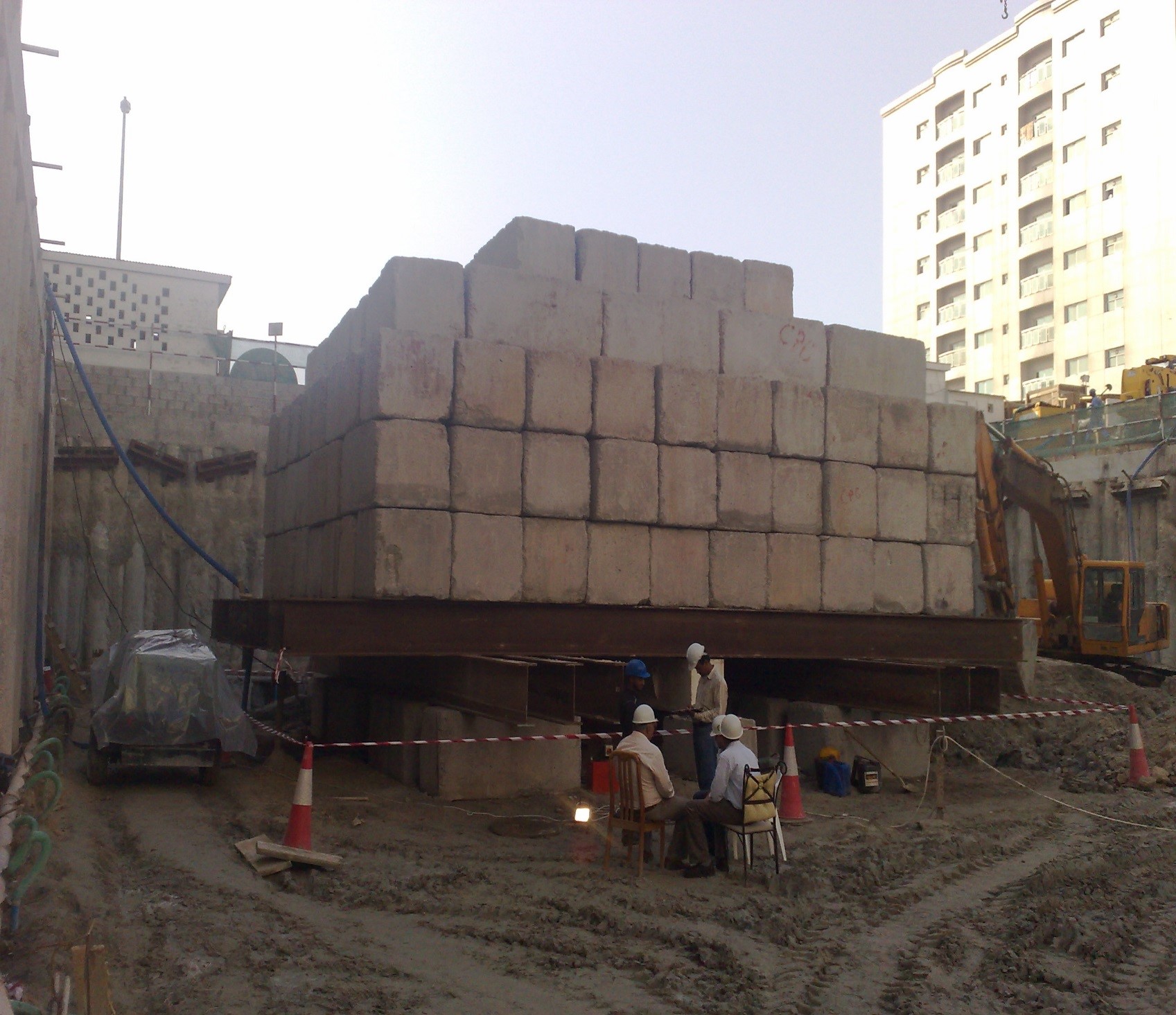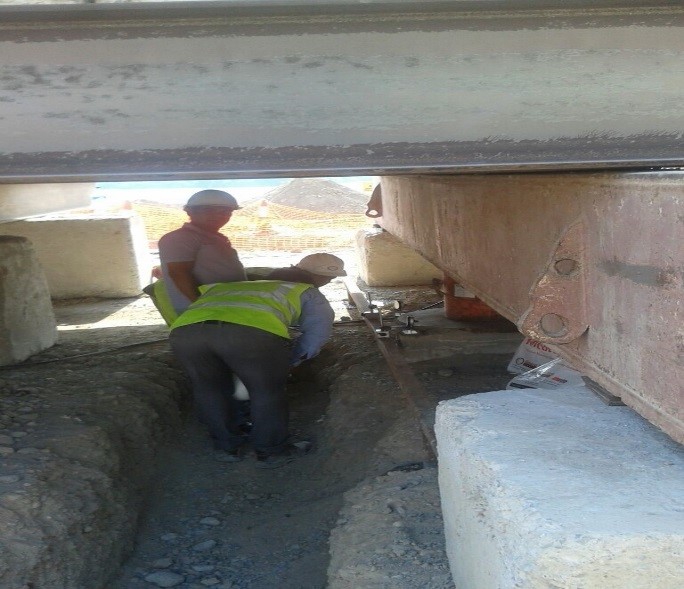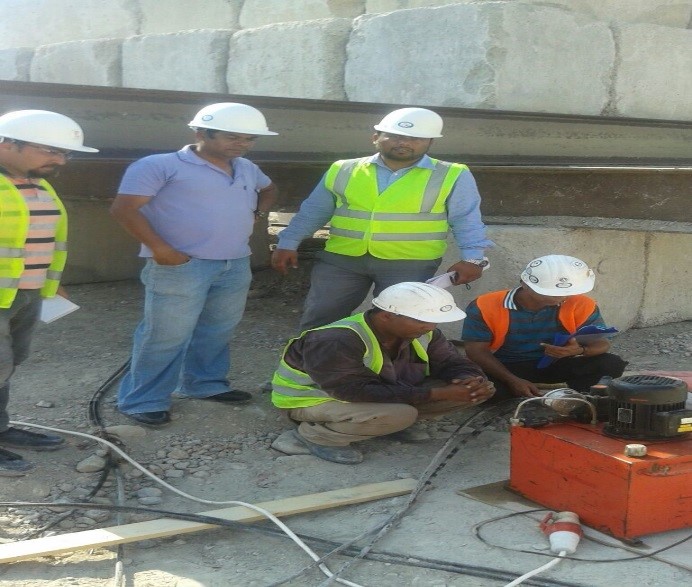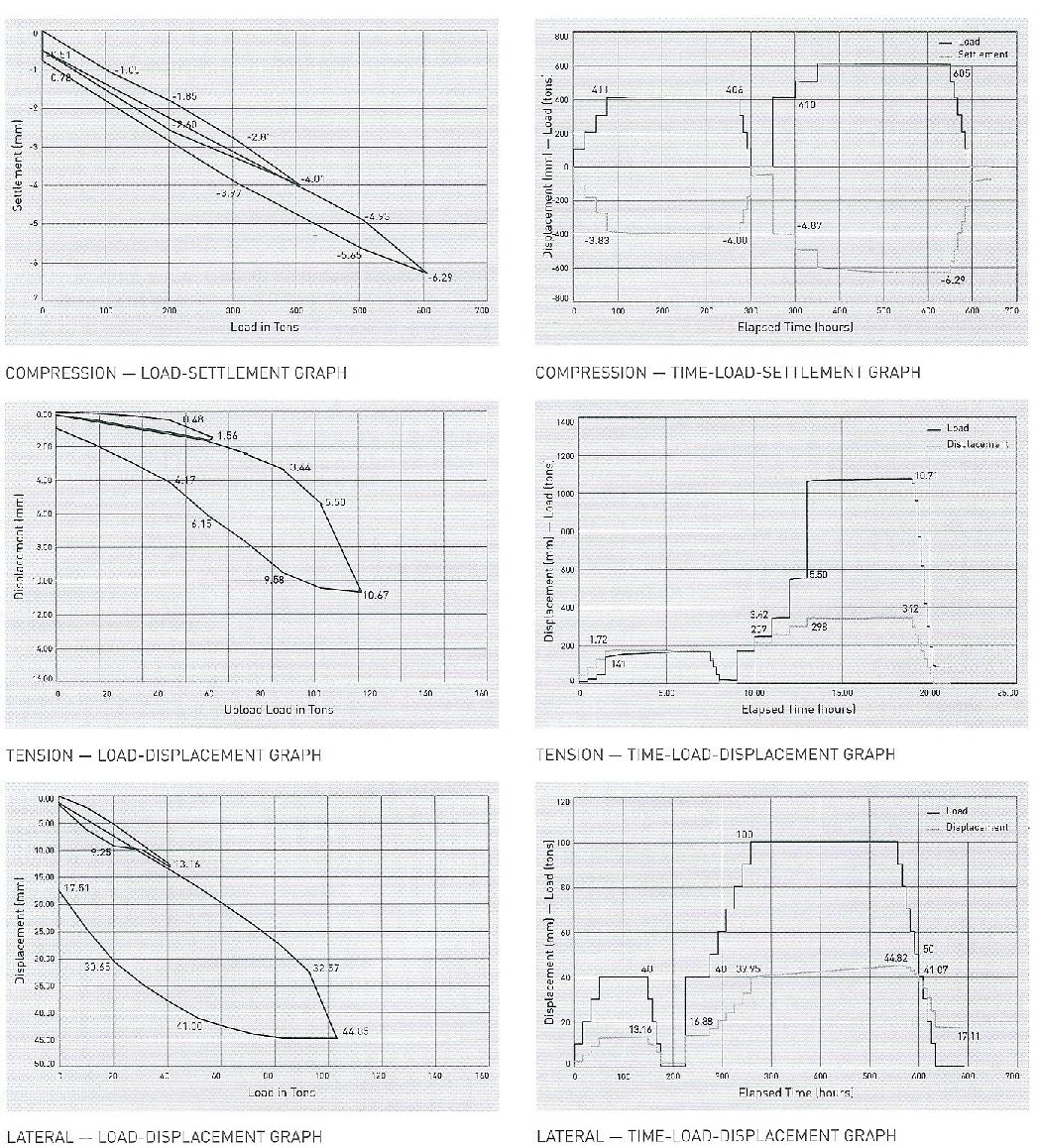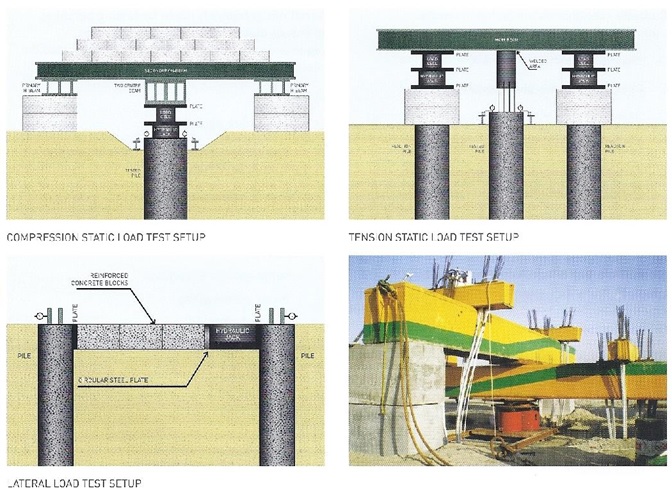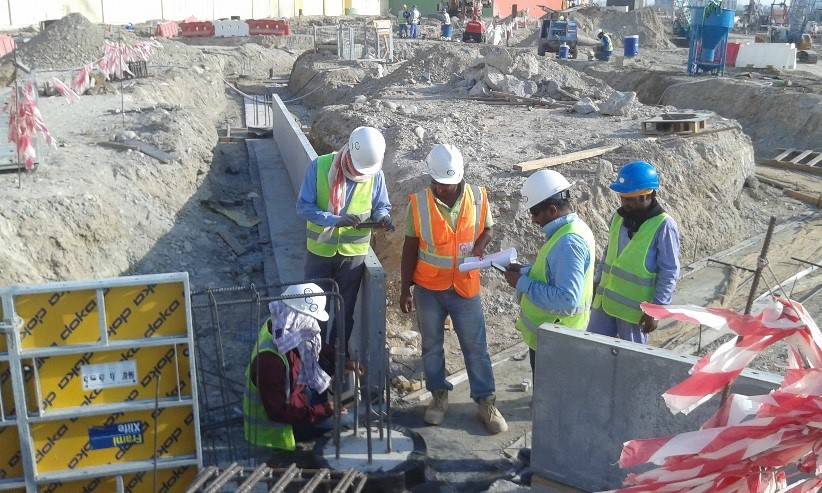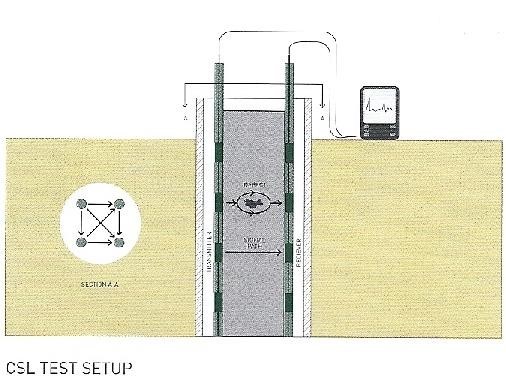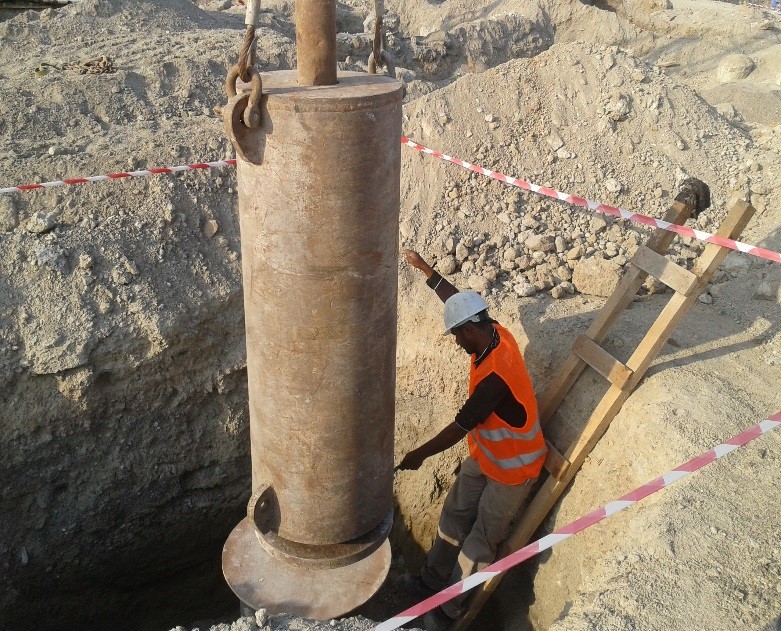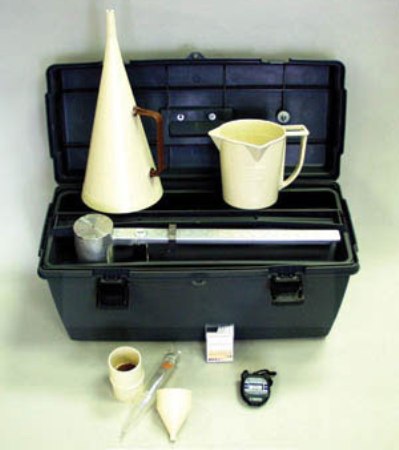Static Load Test [SLT] is the most reliable method of determining pile load capacity. It is the most fundamental form of pile load test and is considered as the bench-mark of pile performance. It involves the direct measurement of pile head displacement in response to a physically applied test load. Testing a pile to failure provides valuable information to the design engineer and is recommended for load tests performed prior to the foundation design or working piles construction. This method is applicable to all types of piles regardless of their method of installation. Piles can be tested for:
- Compression
- Lateral
- Tension
For the SLT the load is most commonly applied via a jack acting against a reaction beam, which is restrained by an anchorage system or by jacking up against a reaction mass [“kentledge” or dead weight].
The anchorage system is usually in the form of reaction piles installed into the ground to provide tension resistance. The nominated test load is usually applied in a series of increments in accordance with the appropriate code, or with a pre-determined load testing specification for a project. Each load increment is sustained for a specified time period, or until the rate of pile movement is less than a nominated value. Static load testing methods are applicable to all pile types, on land or over water, and may be carried out on either production piles or sacrificial trial piles. Trial piles are specifically constructed for the purpose of carrying out load tests and therefore, are commonly loaded to failure. Testing of production piles however, is limited to prove that a pile will perform satisfactorily at the serviceability or design load, plus an overload to demonstrate that the pile has some [nominated] reserve capacity. Test results are presented in graphical format showing the applied load versus pile head displacement.

